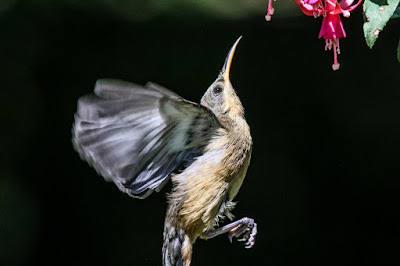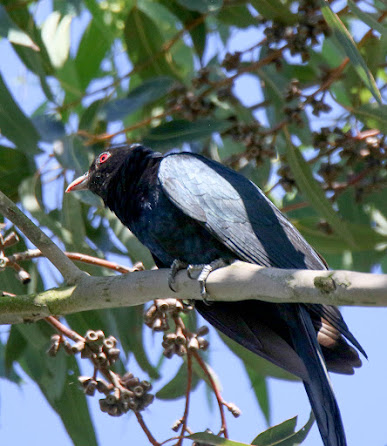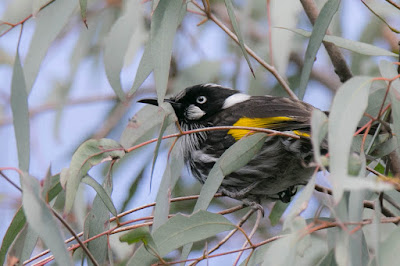Calyptorhynchus funereus
A flock of yellow-tailed Black cockatoos were visiting some old pinus radiata trees on the golf course here in Kilmore. As usual, the first indication of theses bird is the distant creaky, wheezy call as they flap lazily from a distance. Sounding rather like a rusty gate, they call to each other as they make their way slowly across the sky.
The flight is so lazy and cumbersome. One almost expects them to fall from the sky between flaps of their large wings.
Finally they alight on a tree where there is something for them to chew upon. The amazingly strong beaks can open up a tight green pine-cone, gum nuts, hakea pods, banksias, xanthorrheas, and other woody plants, as they hunt out edible seeds and wood grubs.
Like other cockatoos, yellow-tailed black cockatoos have a preference for using their left hand, mmmmhh left foot, to hold an manipulate objects. Certainly that seems to be the case with this flock.
They travel in pairs or larger groups. This flock the other day consisted of about a dozen birds, spread out amongst the tree tops and hidden deep within the branches.













































.jpg)
.jpg)
.jpg)
.jpg)




